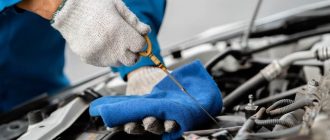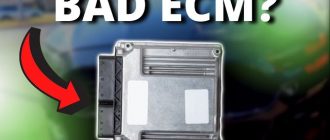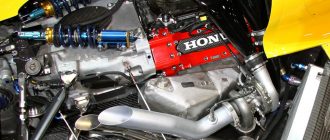## **How Many Parts in an Average Car Engine**
The average car engine is a complex machine composed of hundreds of individual parts. These parts work together in a precise and coordinated manner to convert the chemical energy of gasoline into mechanical energy that powers the vehicle. The number of parts in an engine can vary depending on its size, design, and manufacturer. However, there are certain key components that are common to most engines.
**Major Parts of a Car Engine**
The major parts of a car engine can be classified into the following categories:
**1. Cylinder Block and Head:**
– Cylinder block: The main structural component of the engine, which houses the cylinders and provides support for other components.
– Cylinder head: Located at the top of the cylinder block, it seals the combustion chambers and houses the valves and camshafts.
**2. Pistons and Piston Rings:**
– Pistons: Reciprocating components that move up and down within the cylinders, converting the force of combustion into mechanical energy.
– Piston rings: Seals around the pistons, preventing gas leakage and maintaining oil lubrication.
**3. Crankshaft and Connecting Rods:**
– Crankshaft: A rotating shaft that converts the reciprocating motion of the pistons into rotational motion.
– Connecting rods: Link the pistons to the crankshaft, transmitting the force of combustion.
**4. Camshaft and Valves:**
– Camshaft: A shaft with lobes that actuate the valves, controlling the timing of the intake and exhaust strokes.
– Valves: Allow air and fuel into the cylinders (intake valves) and exhaust gases out of the cylinders (exhaust valves).
**5. Timing Belt or Chain:**
– Timing belt or chain: Synchronizes the rotation of the camshaft with the crankshaft, ensuring proper valve timing.
**6. Oil Pump and Oil Cooler:**
– Oil pump: Circulates oil throughout the engine to lubricate and cool moving parts.
– Oil cooler: Helps dissipate heat from the oil to maintain optimal lubrication.
**7. Water Pump and Radiator:**
– Water pump: Circulates coolant through the engine to remove heat generated by combustion.
– Radiator: Dissipates heat from the coolant to the surrounding air.
**Additional Components**
In addition to the major parts listed above, car engines also include numerous other components that play essential roles in their operation and efficiency. These include:
– **Fuel system:** Includes the fuel tank, fuel pump, fuel filter, and fuel injectors, which supply fuel to the cylinders.
– **Ignition system:** Provides the spark that ignites the air-fuel mixture in the cylinders. Includes the spark plugs, ignition coils, and distributor.
– **Exhaust system:** Includes the exhaust manifold, catalytic converter, and muffler, which remove harmful pollutants from the exhaust gases.
– **Air intake system:** Includes the air filter, throttle body, and intake manifold, which provide filtered air to the engine.
– **Electrical system:** Includes the battery, alternator, and wiring harness, which provide electrical power and communication between various components.
– **Computer system:** Includes the engine control unit (ECU), which monitors and adjusts engine parameters based on sensor inputs.
**Number of Parts in an Average Car Engine**
The total number of parts in an average car engine can vary widely depending on factors such as engine size, design, and manufacturer. However, as a general estimate, a typical four-cylinder engine may have around 250 to 500 parts. A larger six-cylinder engine may have around 500 to 700 parts, while a V8 engine may have around 750 to 1,000 parts or more.
**Conclusion**
The average car engine is a complex and sophisticated machine composed of hundreds of individual parts. These parts work together precisely to convert fuel energy into mechanical energy, powering the vehicle and enabling it to perform its intended functions. Understanding the major components of an engine and their roles is essential for proper maintenance and troubleshooting, ensuring optimal performance and longevity for the vehicle.




